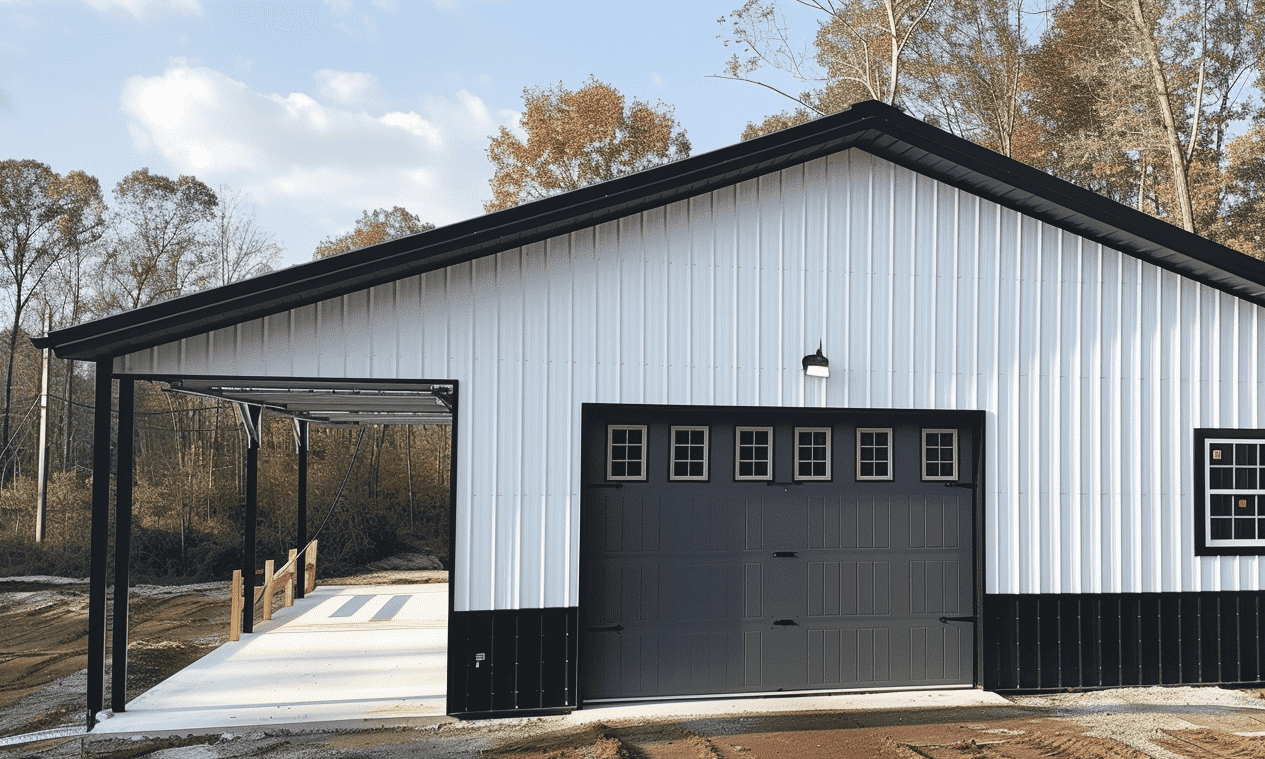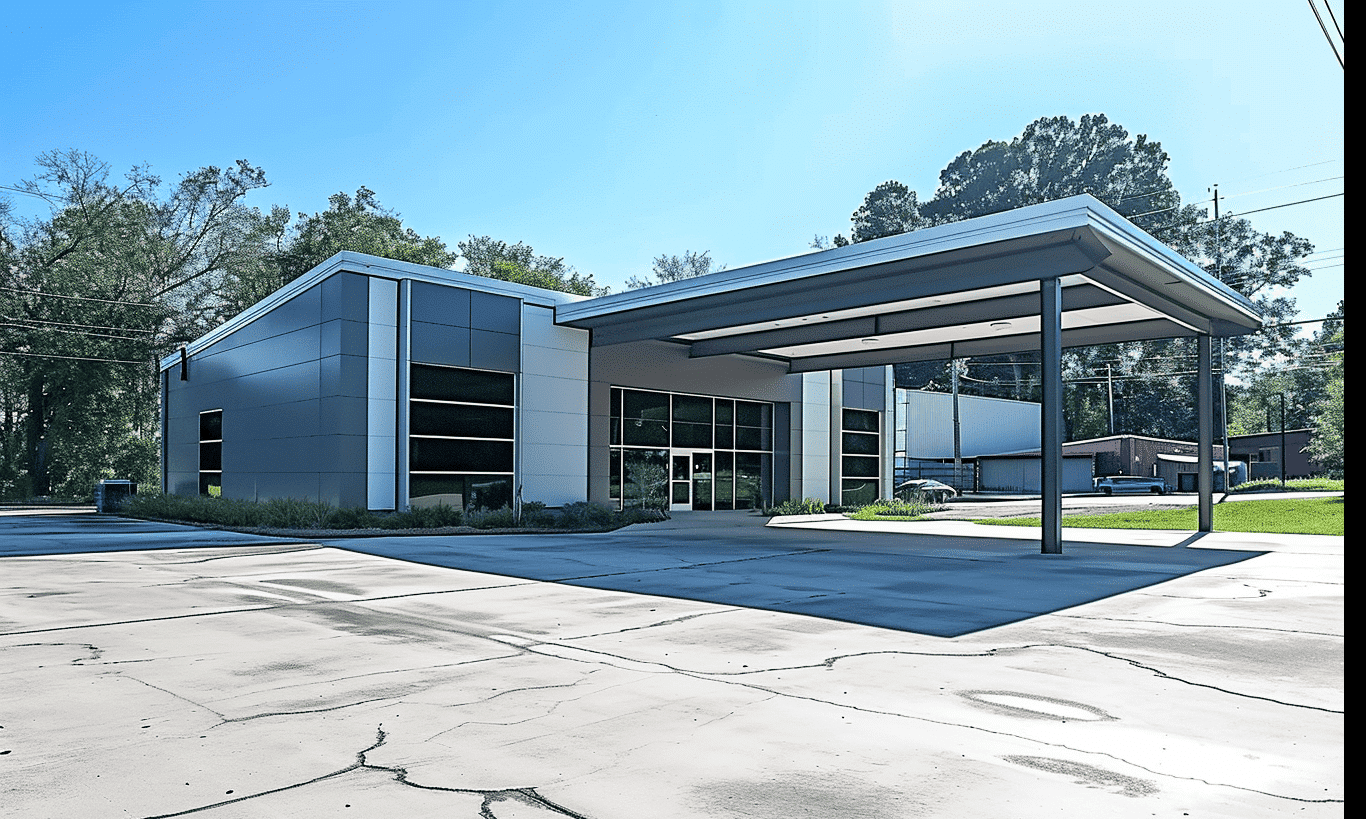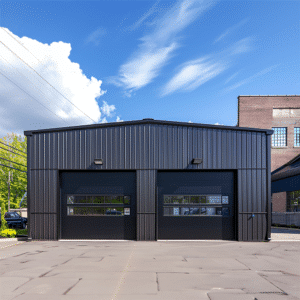As we explore historic cities worldwide, we often marvel at buildings that feel like well-preserved time capsules of a bygone era. These structures, rich in history and narrative, have much to teach us, not just about the past but about how we should handle them in the present and future. The site of an old theatre can evoke memories of spirited dramas played out on stage, while an ancient courthouse may remind us of countless landmark legal battles. The heart of ensuring this tangible history remains safe and accessible lies in the effective application of historic preservation guidelines. Understanding these guidelines is paramount to honoring these architectural time machines and simultaneously ushering them into the contemporary era.
The Pillars of Historic Preservation
At its core, historic preservation is about balancing respect for our past while meeting present-day needs. One might wonder, how do we ensure an aged structure can withstand contemporary exigencies without losing its heart and soul? Herein lies the answer: comprehensive historic preservation guidelines. These guidelines are systematic principles and criteria that guide the restoration and protection of historic sites. They ensure that while buildings may be retrofitted for modern utility, their historical value isn’t sacrificed. These guidelines often require a thoughtful approach, blending modern needs like energy efficiency with respect for historical aesthetics.
Let’s take a deeper dive into one of the most comprehensive resources acknowledged in Canada—Parks Canada – Historic Preservation Guidelines. These guidelines present a template for preserving historic structures, emphasizing a harmony between past and present.
Balancing Authenticity and Innovation
One primary challenge in historic preservation involves marrying the authenticity of historical design with the demands of modern living. Remind yourself of times you’ve walked into a century-old building; the tactile feel of the materials whispers stories of its era. Yet, behind those timeless columns, there may be new, energy-efficient air conditioning systems humming silently.
In practice, this blend may involve consulting resources like Building codes understanding, which helps ensure that renovations adhere to local and federal regulations. This is crucial because regulations are always evolving, primarily concerning energy codes and efficiency standards.
Moreover, understanding these building codes is pivotal to formulating effective preservation strategies. When we align these strategies with sustainability, we aren’t just prolonging the life of our history—we’re future-proofing it.
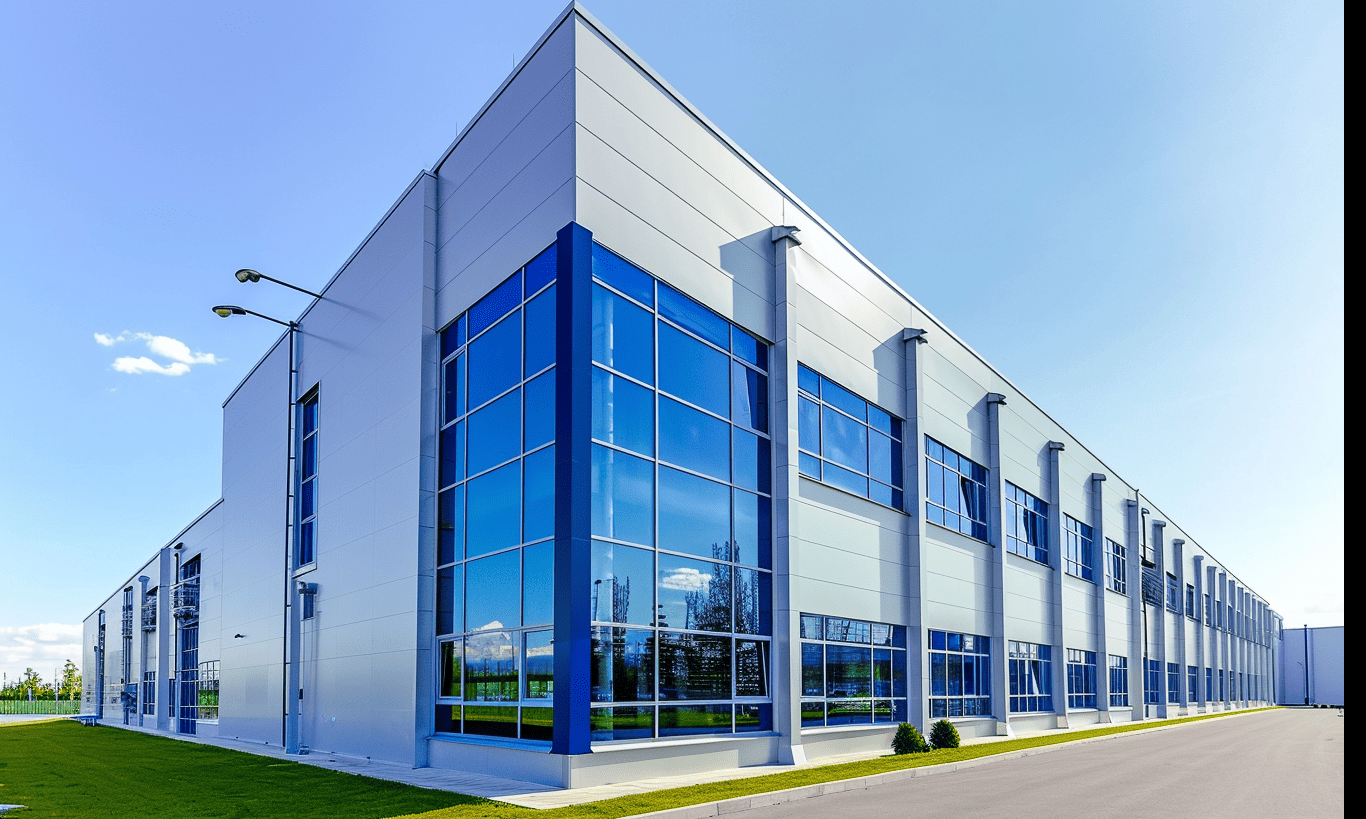
The Role of Modern Construction Techniques
The integration of modern construction techniques is fundamental within historic preservation. The use of metal buildings is a prime example of a solution where contemporary meets the past. These sturdy structures allow for the creation of custom segments that can sympathetically blend into historical surroundings. Modern methods focus on enhancing the durability and safety of preserved structures. This ensures that they can withstand time while potentially offering interpretations of future architectural possibilities.
However, there’s a fine line between preserving for posterity and upgrading at the cost of a site’s essence. This is why partnerships with firms that focus on Custom Building Projects are invaluable. They bring the creativity and expertise required to ensure that while renovations are seamless, the soul of the original building is kept alive.
Technology and Preservation
The ever-increasing role of technology presents ample opportunities for preservationists. Advanced software allows detailed three-dimensional imaging of historical sites, making it easier to plan renovations or restorations meticulously. This technology can detect problems that human eyes might miss when surveying an ancient structure.
In addition, technology helps with public engagement. Virtual tours of preserved sites can offer a more profound connection to history for people who otherwise might never visit these locations. This digital approach also allows for a more extensive dissemination of the need for historic preservation guidelines, ensuring global engagement in conservation efforts.
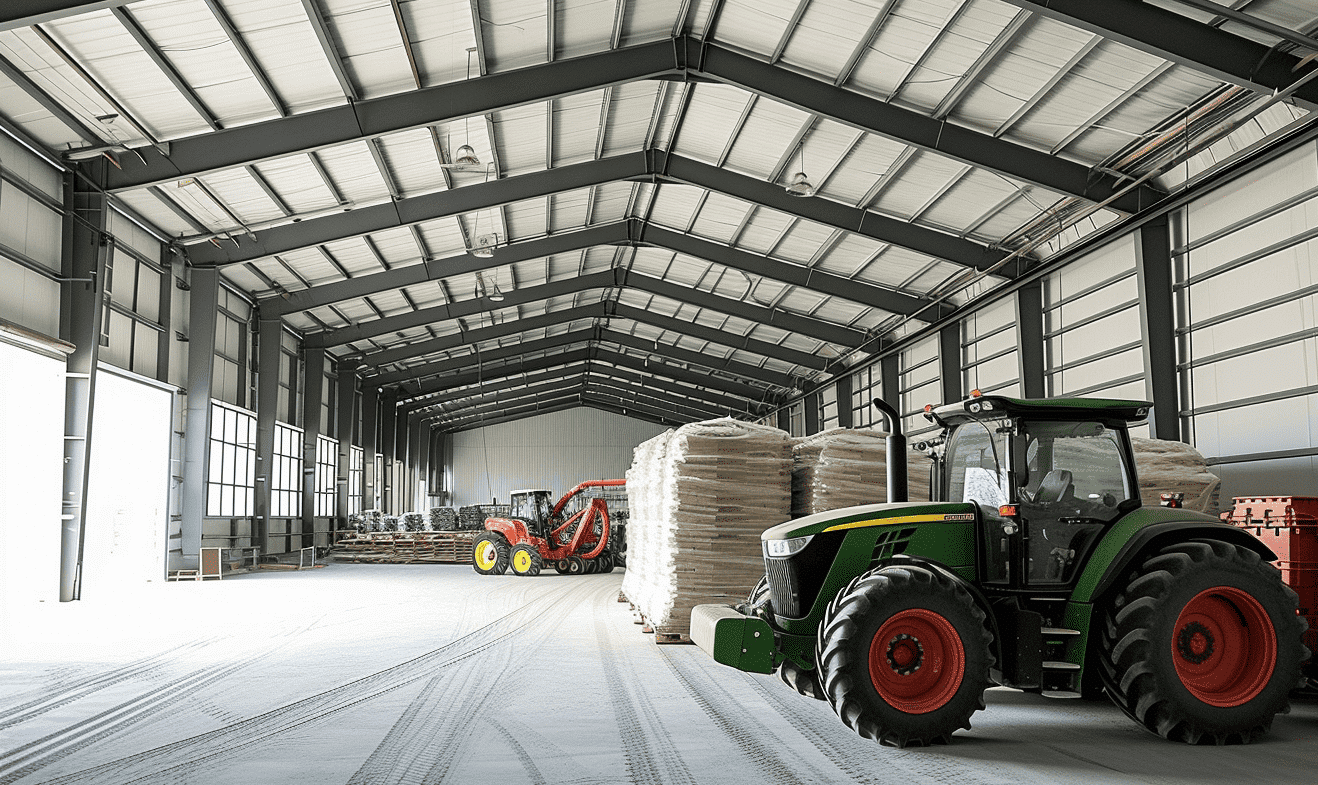
Conclusion: Bridging the Gap between Past and Present
The journey of preservation is not just about guarding stones and bricks; it’s about safeguarding stories housed within those structures. As we stride purposefully into an era marked by exponential technological and environmental change, the significance of historic preservation guidelines has never been more critical. They are our blueprint for ensuring that historic structures not only tell their stories now but continue narrating them for future audiences.
Engagement, respect, and understanding play pivotal roles. Is it possible to honor the old while embracing the new? Surely, with comprehensive guidelines and innovative methodologies, the answer is a resonant yes. We can hope to walk the streets alongside our history, present for posterity, forever preserved in metallic whispers of modern pasts—ensconced quietly amid the echoes of ancient times.
